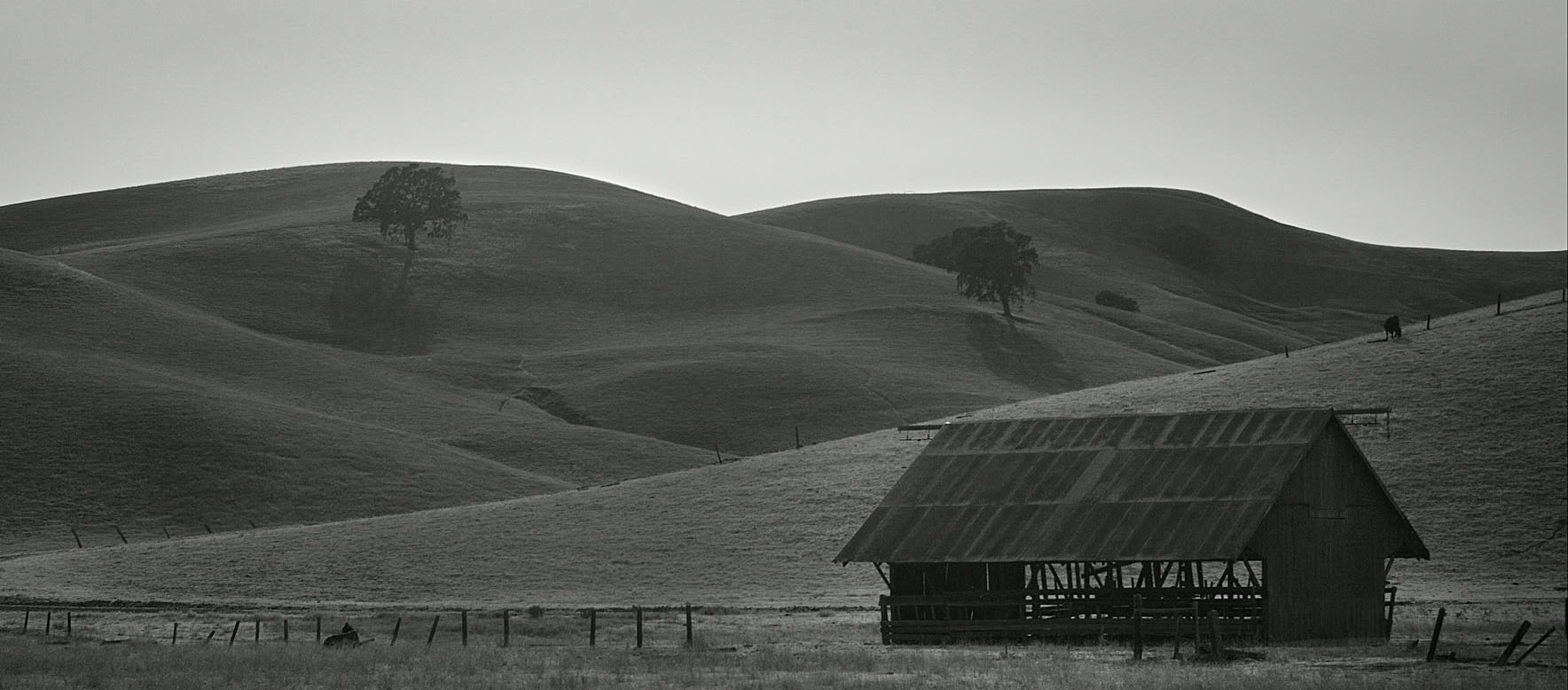Livermore Valley – An Oasis in a Desert of Corporate Takeovers

Something happened this week that highlights just how unique Livermore Valley remains in today’s wine world. Schrader Cellars, a Napa Valley cult wine, has been purchased by Constellation Brands. For those unfamiliar with the cult Napa cabernets, Schrader wines are sourced from the Beckstoffer To Kalon Vineyard and produced in small (250 case) quantities by winemaker Thomas Brown. Scarcity, provenance, and price make Schrader wines collectible.
So how does the Schrader takeover highlight Livermore’s uniqueness? Livermore remains unique because it is one of the few appellations where wineries remain family owned. One by one, your favorite wines from Napa, Sonoma, Oregon, and Washington are being purchased by mega wine corporations. Livermore, on the other hand, remains genuine and transparent, something I believe is worth seeking out.
Is corporate ownership a bad thing for the consumer? In the long run I think it is, not only because the original vision behind the winery is lost, but because the focus inevitably turns from quality to cost. This change in focus begins when production is expanded, which, in turn, often requires centralizing production, and consolidating winemaking practices in a larger facility.
Rosenblum is a too typical example of this path. Kent Rosenblum was producing exciting Zinfandels from his eponymous winery in Alameda until he sold to Diageo a decade ago. Soon after the sale, Diageo closed the Alameda facility, increased case production, and centralized winemaking in Napa. Two years ago, Diageo sold the Rosenblum label to Treasury Wine Estates, and rumor is that Treasury sold it last year to Bronco Wines, the makers of Charles Shaw (Two Buck Chuck). There is not much of Kent Rosenblum’s vision remaining in these wines.
Constellation, the new owner of Schrader Cellars, also has a history of expanding production. On purchase, Constellation expanded the production of Meiomi Pinot Noir (the original creation of Joe Wagner of Caymus fame) from under 100,000 cases (2011 rated 92 points) to over 750,000 cases (2015 rated 89 points). Wine Spectator reports that the production of Meiomi Pinot Noir might exceed 1 million cases this year. Constellation also took a similar path with The Prisoner, from 55,000 cases (2008 rated 92 points) to 158,000 cases (2015 rated 87 points).
It is unlikely that Constellation will risk wholesale changes to Schrader. They have promised to keep production at their Howell Mountain facility, and to retain Thomas Brown as winemaker. But it is not a coincidence that Constellation now controls a sizeable share of To Kalon, and it is quite possible that they will load share the crop between their Mondavi and Schrader labels. I would expect to see the production of Schrader to creep up.
One thing is apparent to me: corporate wines are losing their individual character. The mass-produced labels are getting sweeter (America still likes sweeter wines) and jammier to drive sales, while the more expensive wines are getting more Napa-like in their use of expensive oak and ripe fruit, even if the fruit can’t support it.
Livermore remains unique in that we have as many styles as there are winery owners. Some revel in the robust, while others seek restraint. Livermore Valley offers something for every palate. But most important, you know where your wine was made, and the hands that made it. You see, in Livermore, winemakers answer to themselves, and not some corporate board.


